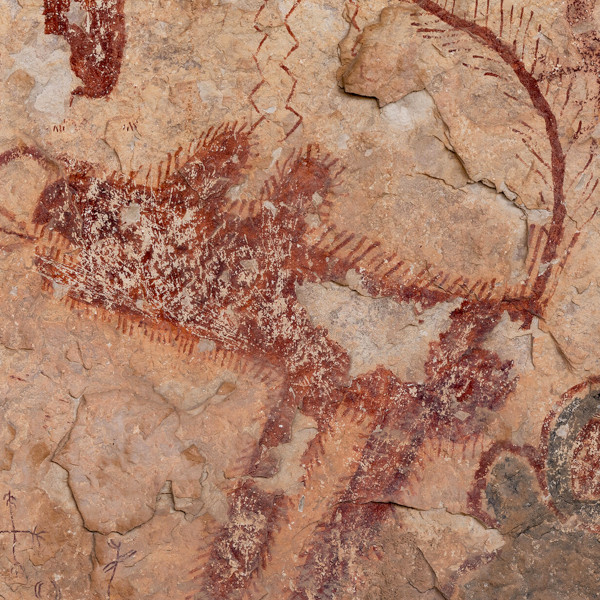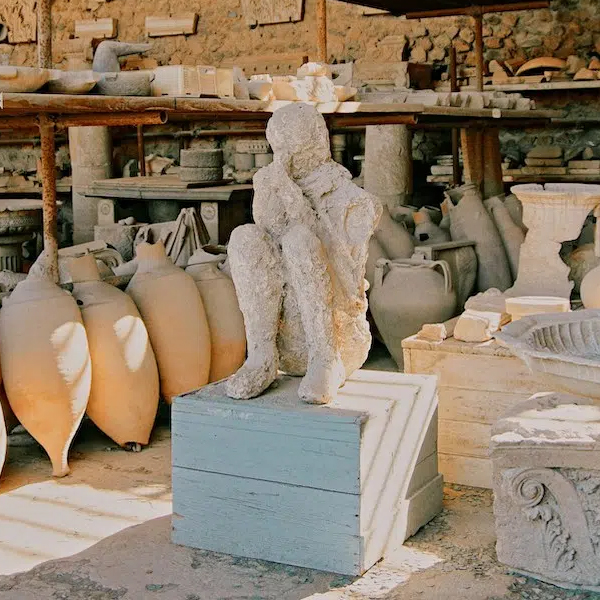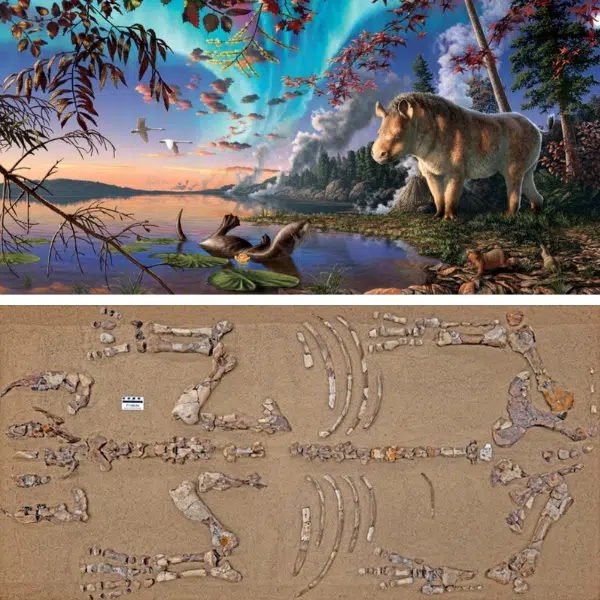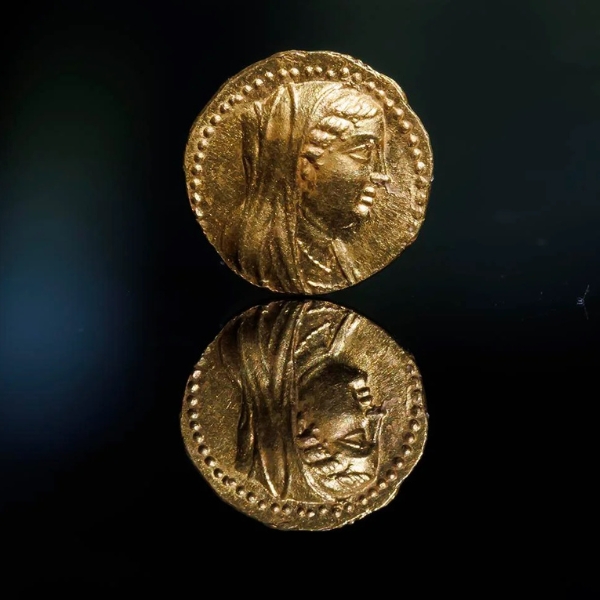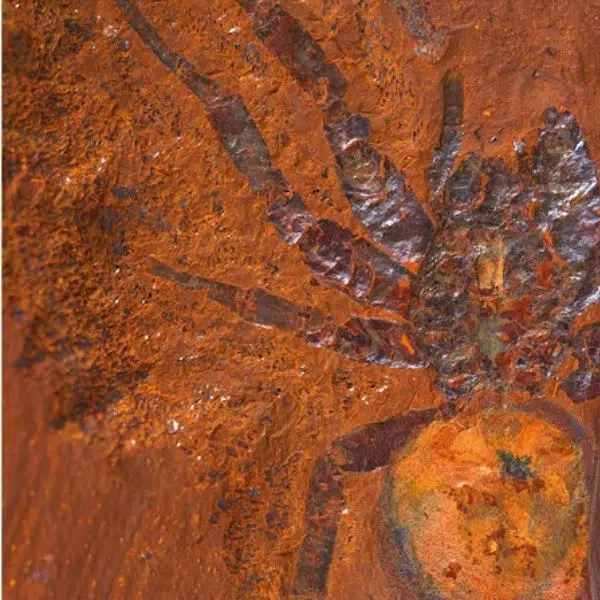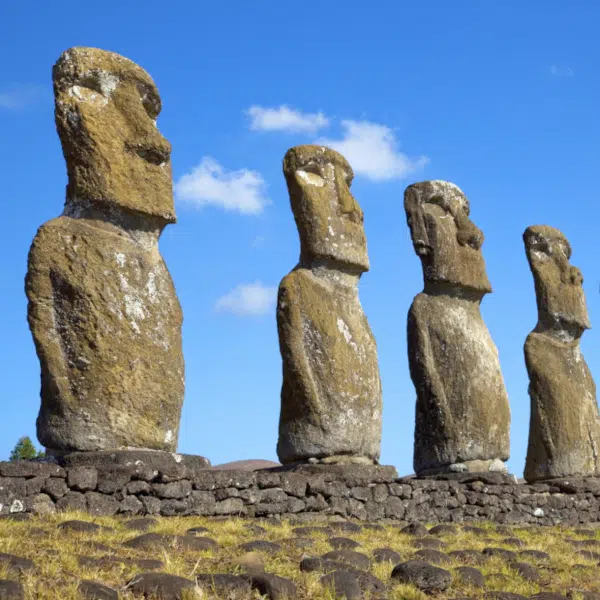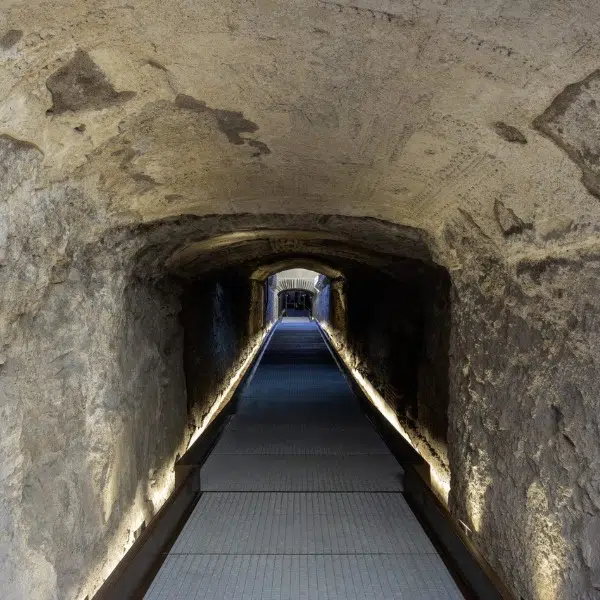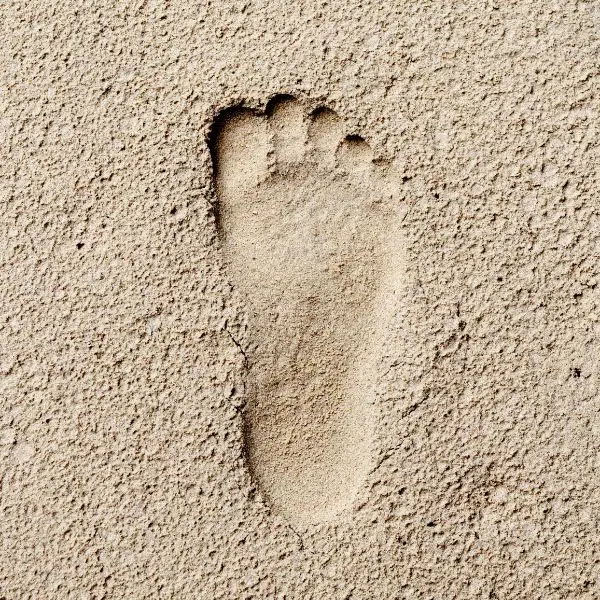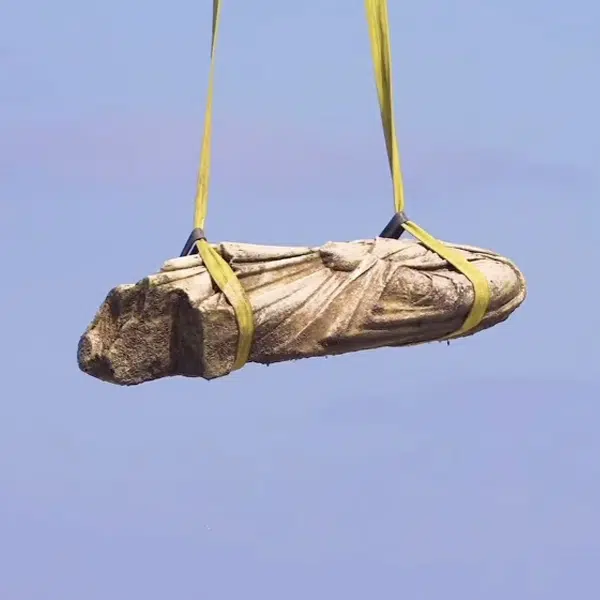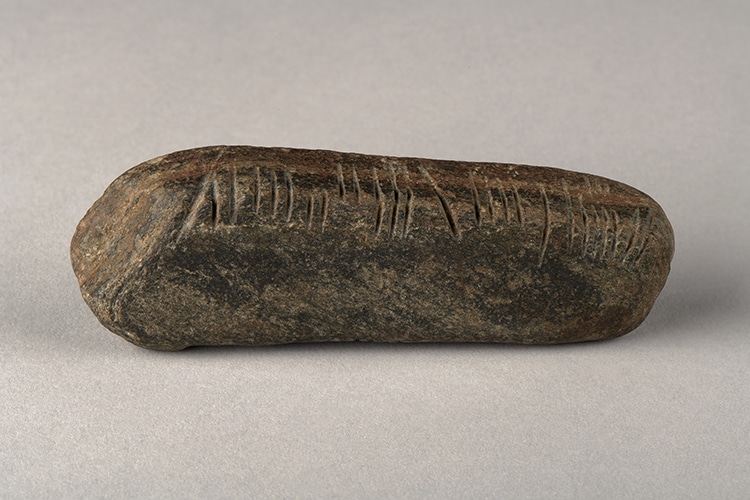
The rock discovered in Coventry. (Photo: Herbert Art Gallery and Museum)
Gardening is good for the soul, its fans argue, but it also can be as adventurous as a journey through time. In May 2020, during the isolated times of the COVID-19 quarantine, an Englishman named Graham Senior was digging in his garden in Coventry when he encountered a rock. Typically, rocks in gardens are more annoying than exciting, but Senior noticed unusual markings on the stone once he unearthed it.
Senior washed it and noted that it had a series of parallel lines carved into the stone. After alerting the proper archeological authorities in the United Kingdom, experts identified his small stone as a remarkable example of ogham, an early medieval Irish writing system.
“…It caught my eye as I was clearing an overgrown part of the garden,” Senior declared. “At first, I thought it was some kind of calendar. Finding out later it was an ogham stone and over 1,600 years old was incredible.”
The stone is only 4.3 inches (11 centimeters) long and about 1.5 inches (3.8 centimeters) wide. Its inscribed ogham markings were likely created between 400 and 500 CE, during the very early medieval period. This was also the early period of this system of writing. Ogham, or the Celtic tree alphabet, is the earliest example of an Irish language writing system.
According to History Today, “The original form of ogham represented approximately 80 sounds from Gaelic, with 20 symbols arranged in four groups of five. Each group, or aicme, was made up of single strokes, easily carved in wood or stone, with each letter represented by one, two, three, four, or five strokes and grouped in sequences of one to five located to the left, right, diagonally across or in the middle of a central stem-line (one stroke to the right is a ‘b’, two strokes is ‘l’, three strokes ‘v/f’, and so on).”
Ogham marks were carved into stone as vellum, the popular writing material of later medieval times, was largely unavailable. However, it is likely that sticks and other materials lost to time may have been used. Eventually, Latin letters were introduced, and writing shifted to this new alphabet. But examples of ogham inscriptions still turn up through the 9th century, and, even now, are now discovered at archeological sites. Many extant examples are statements of people's names. Examples have been discovered in Ireland, Wales, Scotland, and the Isle of Man.
The new discovery in central England is, therefore, unusual. The stone's inscription is believed to be a person's name and home location. However, why it was created and carried to Coventry is a mystery. A traveler from Ireland may have brought it to the landlocked county of Coventry via the River Stowe. Perhaps the traveler was on a pilgrimage to a monastery.
Teresa Gilmore, a local archeologist, surmises. “The beauty of the Portable Antiquities Scheme [which registers UK finds] is that people are finding stuff that keeps rewriting our history. This particular find has given us a new insight into early medieval activity in Coventry, which we still need to make sense of. Each find like this helps in filling in our jigsaw puzzle and gives us a bit more information.”
If you want to view the ogham stone for yourself, it's now on display at the Herbert Art Gallery and Museum through April 27, 2025, as part of the Collecting Coventry exhibition.
While working in his garden in Coventry, England, Graham Senior found an ancient stone marked in a script known as ogham.
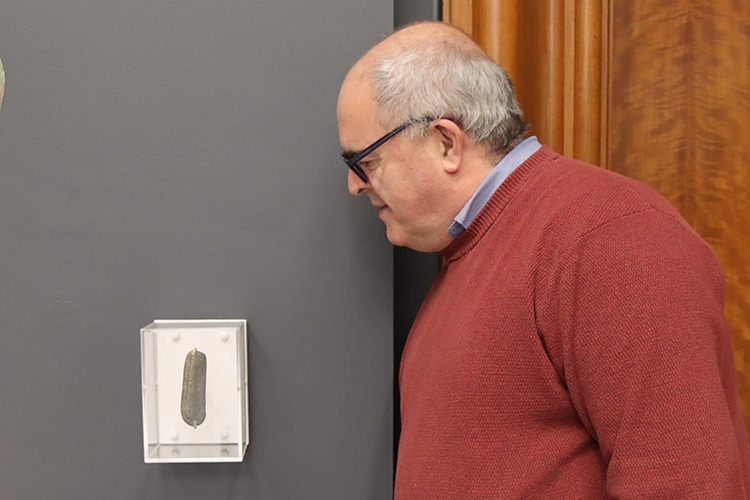
Graham Senior with the stone he discovered. (Photo: Herbert Art Gallery and Museum)
Used in early medieval Ireland, ogham stones aren't unusual, but they aren't typically found in central England.
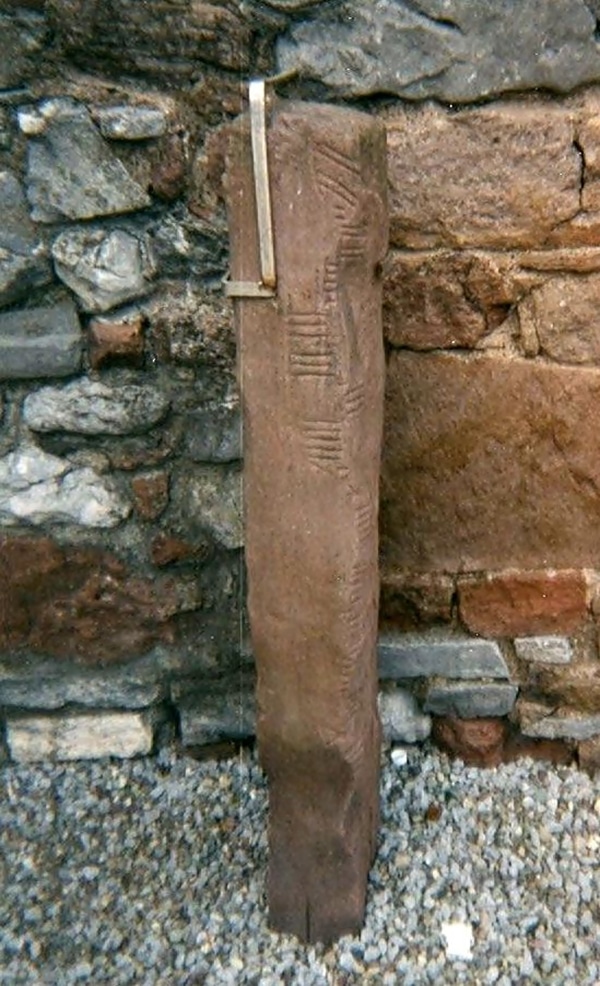
A stone with ogham markings in Kerry, Ireland. (Photo: Jaqian via Wikimedia Commons, CC BY-SA 3.0 DEED)
h/t: [ARTnews]
Related Articles:
Art History: Ancient Practice of Textile Art and How It Continues to Reinvent Itself
Sister Duo Weaves Textured Wall Hangings Inspired by Australian Landscapes
How to Crochet: Learn the Basics of This Time Honored Handicraft
Artist Fills Forest with Life-Size Sculptures Made from Woven Rods of Willow











































































